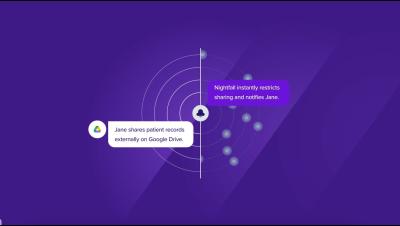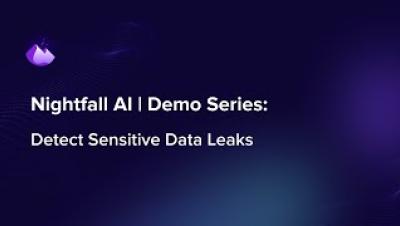Nightfall AI: AI-Powered Data Leak Prevention (DLP) for the Enterprise
Data leak prevention (DLP) has become a critical tool for securing the modern enterprise. Think of popular workplace apps like Slack, Salesforce, Google Drive, M365, ChatGPT, and more; these apps have revolutionized workplace productivity, but they’ve also provided new pathways to spread sensitive data and risk compliance. This is where DLP solutions come in. However, legacy DLP relies on rules and heuristics, which overload security teams with false positive alerts and slow the remediation process to a grinding halt.










